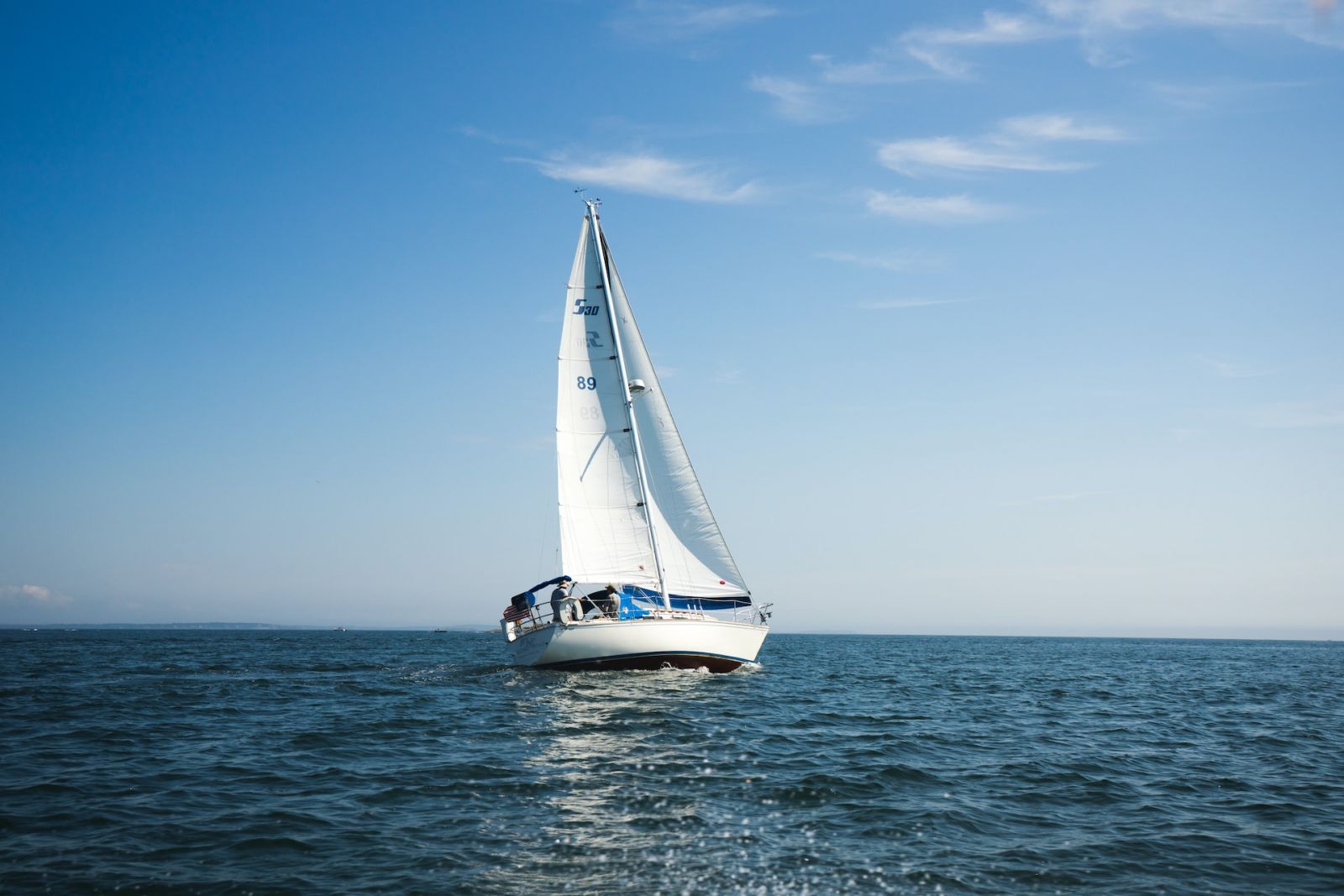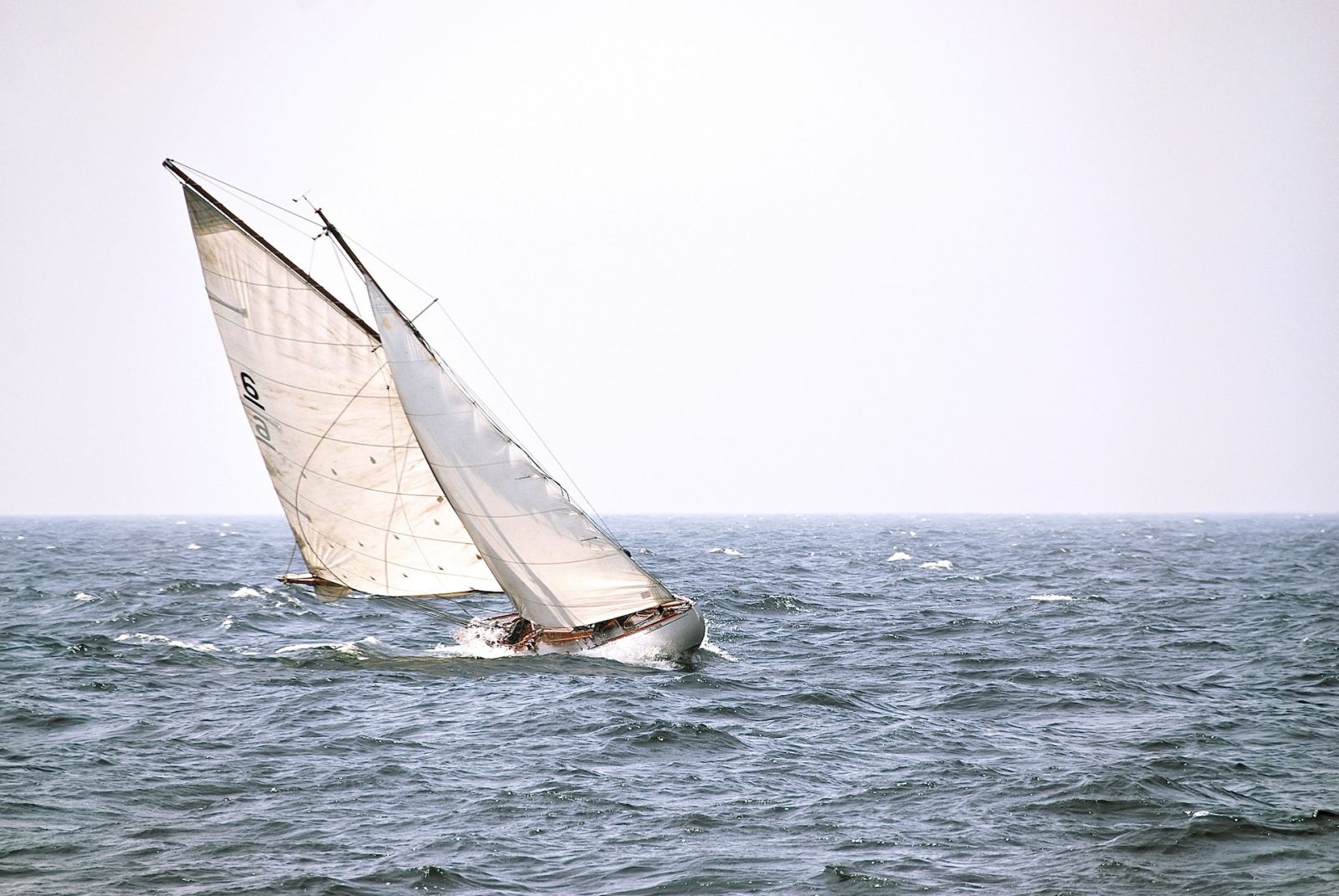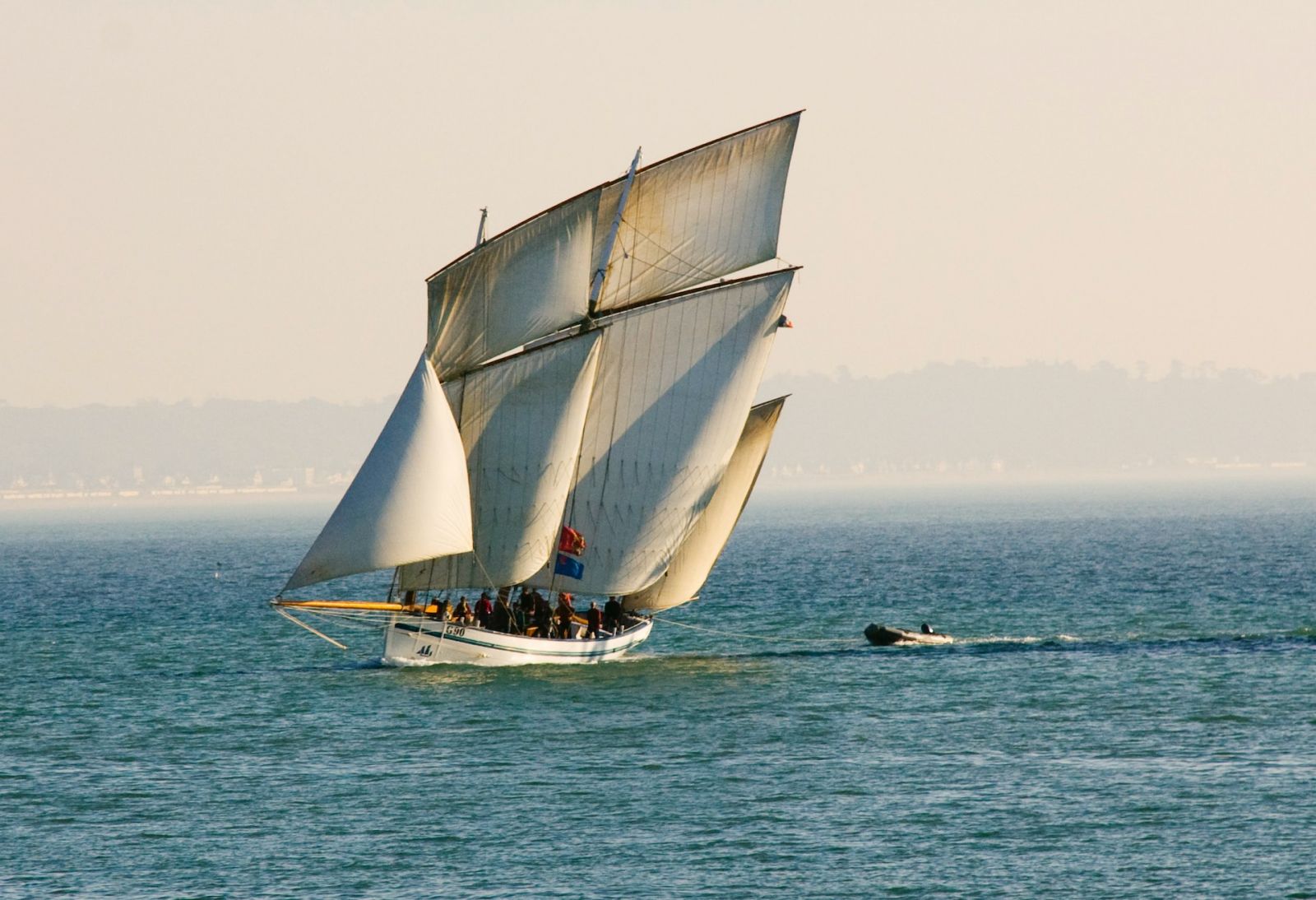The Best Way to Learn to Sail (With or Without Boat)
Did you know that you can learn to sail even if you don't have your own boat? There are many options available to help you develop your skills and build confidence on the water, and some of them don't cost money. This article will introduce you to these ways to learn to sail, with or without a boat.
To start learning to sail, you can try out dinghy sailing, which can help you quickly grasp the basics of sailing. If you don't have access to a boat, consider joining a local sailing club or enrolling in a sailing course through an organization like the American Sailing Association.
In addition to taking courses and joining clubs, you can also leverage online resources like free sailing courses, sailing simulator games, or even video tutorials to supplement your learning. So, anchor aweigh and get valuable hands-on experience and expert guidance.
Summary
- One of the basics of sailing you need to learn is operating the sails in different wind directions.
- Practice makes perfect, so don't be discouraged if you need some time to master the skills and techniques required to sail confidently.
- Invest in sailing courses and certifications, so you can enhance your skills, ensure your safety, and maximize your enjoyment of sailing adventures.
- Put yourself out there and take advantage of the resources and people available in sailing clubs.
- Regular practice and being part of a sailing community can greatly accelerate your learning process and make it a more enjoyable journey.

On this page:
Learn to Sail With a Boat
If you're lucky enough to have access to a boat, you can jump right into hands-on learning. Begin by familiarizing yourself with sailing theory, reading books and watching tutorials about sail trim, navigation, and boat safety for a solid foundation. Next, consider signing up for a sailing certification course to ensure you're learning sailing practices and techniques correctly.
Once you've got the basic theory down, it's time to get some hands-on experience by practicing on your boat. Start small—sail in calm waters and familiarize yourself with how the boat handles. As you gain confidence, you can gradually increase the difficulty of your sailing experience.
-
Understanding your boat: Before you set sail, it's important to understand the different parts of your boat and how they work. This includes the sails, mast, rigging, keel, rudder, and other components. You should also familiarize yourself with the boat's safety features, including life jackets, flares, and emergency equipment.
-
Basic sailing techniques: There are a few basic sailing techniques that every sailor should know. These include tacking (turning the boat into the wind), jibing (turning the boat away from the wind), and trimming the sails (adjusting the sails to catch the wind). You should also be familiar with the points of sail, which describe the different angles at which the boat can sail relative to the wind.
-
Wind direction: Understanding wind direction is crucial for sailing. You should always sail with the wind, and adjust your course and sails accordingly. Be aware of changes in wind direction, and adjust your sails and course as needed.
-
Navigation: Before setting sail, you should plan your route and be familiar with the waters you'll be sailing in. This includes understanding any hazards, such as rocks, shoals, or other boats. You should also be familiar with navigation tools, such as charts, compasses, and GPS devices.
-
Safety: Safety should always be your top priority when sailing. This includes wearing life jackets, using safety equipment, and following basic sailing rules and procedures. Always be aware of weather conditions, and be prepared to return to shore if conditions become unsafe.

Learn to Sail Without a Boat
Don't have access to a boat? That's okay; there are still plenty of ways you can learn to sail. Just like with a boat, you should begin by learning sailing theory. Use online resources and study materials to get a feel for sail trim, navigation, and boat safety.
-
Simulators and games: You might want to try a sailing simulator to get a sense of what it's like behind the helm. There are a variety of sailing simulators and games available that allow you to experience the thrill of sailing without leaving your home. These range from simple mobile games to more complex, realistic simulations that can be played on a computer or gaming console.
-
Virtual reality: Virtual reality technology has made it possible to experience sailing in a fully immersive way. With a VR headset, you can feel like you're actually on a boat, experiencing the sights, sounds, and sensations of sailing.
-
Charter options: There are many companies that offer boat charters, ranging from small sailboats to large luxury yachts. This allows you to experience the thrill of sailing without the expense and responsibility of owning a boat. You can also consider joining a sailing club or school. This will provide you with the opportunity to participate in sailing lessons and learn from experienced instructors. Some clubs may offer boat rentals, giving you the chance to practice on your own as well.
-
Crewing opportunities: Volunteer as crew on someone else's boat. Many sailing enthusiasts offer crewing opportunities, where you can join them on their boat and learn the ropes of sailing. Many boat owners are more than happy to have an extra hand on board, and it's a great way to learn from experienced sailors while gaining practical experience.
Get Started to Learn to Sail

Understanding sailing basics
Familiarize yourself with key sailing terms, such as port, starboard, aft, and bow. You'll also want to understand how the wind interacts with the sails. Start by taking an online learn-to-sail course to see pictures and gain a clearer understanding of the boat's components and their functions. Another useful resource to learn the basics is the Sailing Basics course from Udemy.
Safety and equipment for sailing
Sailing requires proper safety precautions. Some necessary safety equipment includes life jackets, flares, fire extinguishers, and first aid kits. Ensure that all equipment is in good working condition before setting sail. Additionally, never go sailing without a skilled companion, especially when you're just starting.
For a practical approach to learning, consider trying dinghy sailing, which helps you quickly understand the basics of sailing and how sails work in different wind directions. If you're serious about advancing your sailing skills, consider joining the American Sailing Association to access live webinars and courses suited for different levels of sailors.
When it comes to choosing a sailboat, you'll want to start with one designed for beginners. Keep in mind that learning to sail a basic boat is relatively simple when you're in the right environment. Check out these best sailboats for beginners and consider renting or borrowing a boat to help you get started.
Practice Makes Perfect Sailing

Regular sailing sessions
Try to fit regular sailing sessions into your schedule, as consistency is key to mastering the necessary skills. The more time you spend on the water, the better sailor you'll become. Be patient with yourself, and try to practice different sailing techniques each time you go out on the water. This will not only improve your sailing skills but also help you become more confident and comfortable sailing in various conditions.
Joining a sailing club to practice sailing
Sailing clubs bring together people who share a passion for sailing and are eager to learn from one another. This is a fantastic way to gain access to boats, meet experienced sailors, and benefit from regular practice sessions. Many clubs also offer training courses, and their members are usually more than willing to provide advice and share tips with beginners. Moreover, most sailing clubs organize races and social events, creating an enjoyable and supportive community for those looking to improve their skills.
Additional Learning Resources for Sailing
Aside from hands-on training and formal courses, there are many other resources available to help you enhance your sailing skills and knowledge. In this section, we'll cover two main subcategories: Books and Online resources, and Sailing Forums and Communities.
Books and online resources to learn sailing
Sailing books and online resources can be a great way to learn about sailing techniques, safety measures, and even the history of sailing. One of the most popular online resources for learning to sail is NauticEd, where you'll find two free courses covering Basic Sail Trim and Rules of Prevention of Collision at Sea.
If you prefer a more traditional print-based approach, many books cater to all experience levels and cover various aspects of sailing. These books can be a treasure trove of knowledge, including some that focus on sailing-specific topics like weather, navigation, and even maintenance advice for your boat.
Sailing forums and communities
Joining sailing forums and communities is an excellent way to connect with other like-minded individuals and expand your knowledge through shared experiences. You can ask questions, share your own experiences, and learn from others in these forums.
Two popular sailing forums are Cruisers Forum and SailNet Community, both of which host discussions on various sailing topics, from technical aspects to cruising destinations. By getting involved in these communities, you'll not only build relationships with other sailors but also stay up-to-date with the latest trends, news, and innovations in the sailing world.
Remember to always approach these resources with an open and friendly attitude, as the sailing community is filled with knowledgeable, helpful individuals willing to share their experience with newcomers. Don't hesitate to take advantage of these resources to further your sailing journey and make the most of your time both on and off the water.
Progressing Your Sailing Skills
As you continue to learn and grow in your sailing journey, there are several key areas you can focus on to improve your skills. In this section, we'll explore crewing on larger boats, mastering navigation, and understanding meteorology.

Crewing on larger boats
Joining the crew of a larger boat can be a fantastic way to build experience and learn from more seasoned sailors. By crewing for an experienced captain, you'll gain hands-on exposure to various aspects of sailing, such as sail trim, navigation, and boat safety. Additionally, you'll learn how to communicate effectively with your fellow crew members and become more comfortable with the natural flow of larger vessels.
Mastering navigation
Solid navigation skills are crucial for any sailor. Familiarize yourself with charts, compasses, and the basic principles of coastal navigation. Many sailing schools offer lessons specifically focused on navigation, allowing you to gain confidence in your abilities. As you progress, consider delving into the use of GPS devices and chartplotters to further enhance your navigational capabilities.
Meteorology
Understanding weather patterns and their impact on sailing conditions is essential for a well-rounded sailor. Begin by learning the basics of how to read weather reports and forecasts. Then, try observing the wind and weather conditions during your sailing trips to hone your skills at predicting what's to come.
Additionally, you can explore more advanced topics, such as synoptic chart interpretation and ocean current patterns. Being familiar with meteorology will not only improve your sailing skills but also help you make safer decisions on the water.
Did you find the answer to your specific question?
👍 0 👎 0




Leave a comment